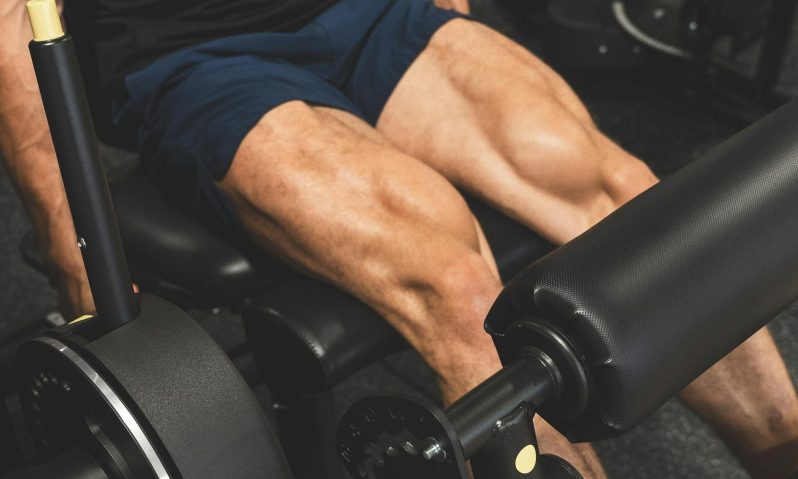Many powerlifters and fitness enthusiasts seem to repeat and stand by the mantras, ‘pushing through more sets builds more muscle’ or ‘the more you train, the better your results,’ leading some to push themselves too far to burnout. Previous research concluded that higher training volumes around 24 weekly sets can boost muscle thickness.
Does including more strength training sets in your weekly routine help you boost muscle size and power? Is it worth the time and effort sweating through more sets? Recently, researchers explored the effects of increasing resistance training weekly set volume by 30% and 60% on muscle growth and strength.
The study

In a study published in the Journal of Applied Physiology, researchers specifically looked at hypertrophy of the quad muscles at the front of the upper thighs in a group of men. Hypertrophy refers to an increase in muscle size. The study participants were trained men who were able to squat around two times their body weight.
Researchers randomized the participants into three groups. Each group was trained on a different volume of weekly sets.
- Group 1 continued with their current training volume, which involved an average of 12 quad-focused sets every week.
- Group 2 increased their training volume to an average of 19 quad-focused weekly sets.
- Group 3 increased their training volume to an average of 25 quad-focused weekly sets.
The results

After eight weeks, researchers didn’t find any significant differences between the three groups with regard to their one-rep max squat strength or the increase in quad size. Interestingly, the lowest volume group had the biggest improvement, with an average 1RM back squat increase of 71 pounds.
The researchers concluded that engaging in 12 weekly sets per muscle group can be just as effective for building muscle as engaging in a higher-volume training of 25 sets per week. This study did have limitations, mostly because it was specific to lower-body training in resistance-trained males.
What this means for us

This study shows us that performing more sets doesn’t necessarily mean more results and that 12 weekly sets are sufficient to boost muscle strength and size. The researchers revealed no significant difference between moderate and higher resistance training volumes when it comes to building bigger muscles.
There’s no need to risk burnout and push yourself too far, and if you’re short on time, 12 weekly sets could generate the same results as 25.




